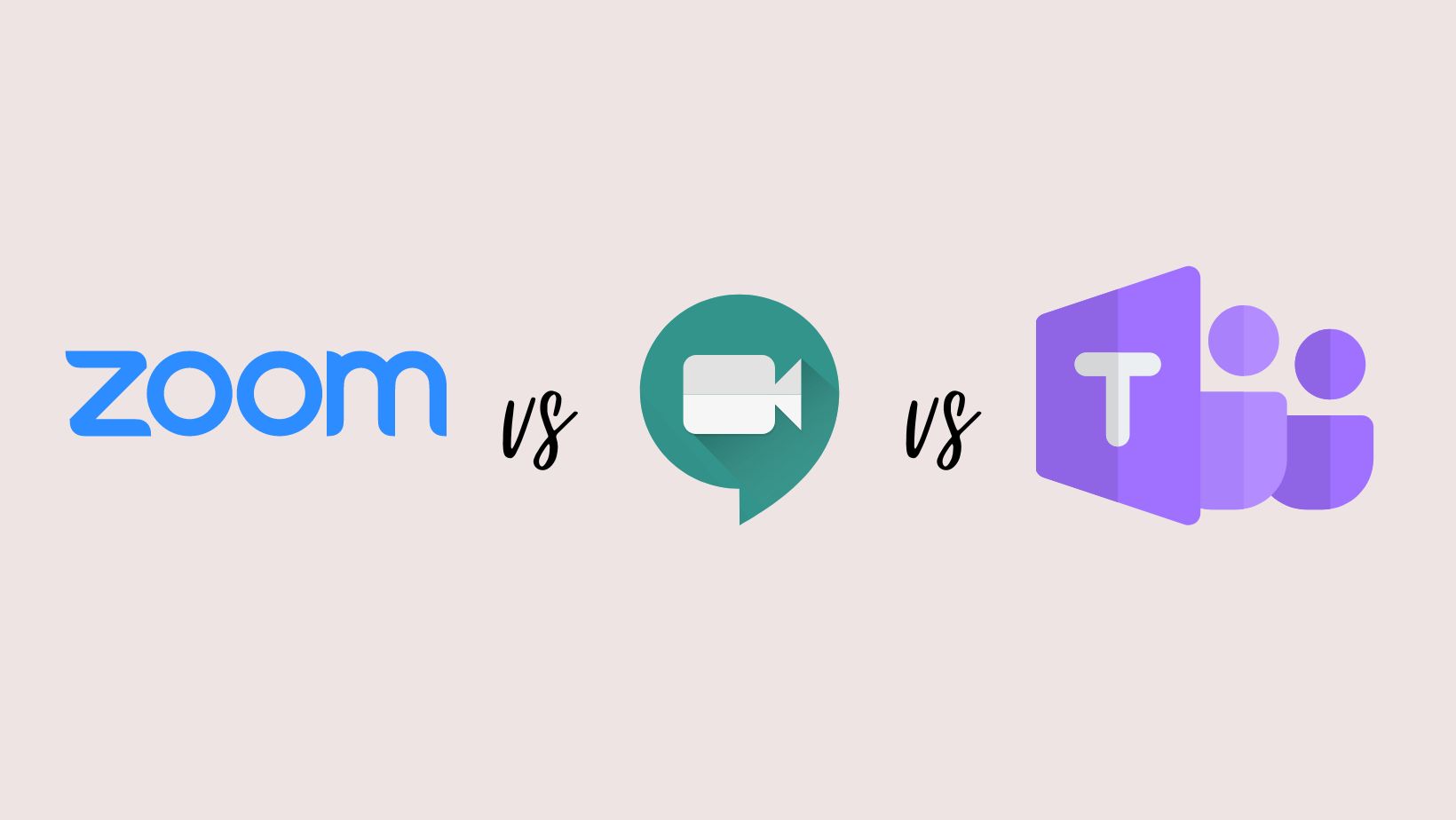Screen-Time In The United State Is Rising: Why Is It A Good Thing?
- Pilloried devices have replaced social interactions and are now more essential to daily life than ever.
- Australia’s NBN reported that the daily interment daytime usage increase about 70-80% in comparison to February.
- Screen time can help you make the most of your quarantine.
- Understand the difference between screen time and screen use before taking any drastic decisions.
- Avoid problems with passive screen usage by moderating its actively usage.
Quarantine in most countries including the U.S. started around mid-march and is still in session. Due to quarantines and lockdown, millions of people suddenly found themselves stuck at home. Office, schools, and administration scrambled to transfer their traditionally physical interactions online. Initially, institutions faced inevitable complications but at last companies got on with WFH and school with virtual classes.
Initially, the quarantine period bough lots of difficulties people were only allowed to leave their homes to seek medical assistance and get essential supplies. In order to stay connected and keep working people started spending more and more time online. Australia’s National Broadband Network (NBN) has reported that in comparison to February, they have seen a daytime usage increase of 70-80%.
Additionally, according to a recent study released by HighSpeedInternet.com focusing of the additional screen time spend during isolation, revealed that 57% people that were studied said their screen time has increased by more than one hour, 30% said their time is spent on streaming TV shows or movies, and 70% admitted that they downloaded a new app for entertainment.
By staying at home people are doing there civic duty. Pilloried devices have replaced social interactions and are now more essential to daily life than ever. This is one of the major reasons behind the unprecedented surge in online activity. In March, as people were looking for options to replaces social interactions, video calling apps, Zoom knocked Facebook and Netflix rankings down in the Apple and Google app store in the US.
Besides, demand for streaming sites such as Amazon and Netflix also intensified across the globe. There was also a surge in social media and video/online gaming platforms usage. In the current case, there is only one thing we can take that is the human connection in the digital age comes in many forms.
Another aspect of this drastic shift is office work shifting to homes for people whose professions allow them to work remotely. Despite this major shit people might not see the magnitude of this tectonic shift in working patterns and location. For example, in 2019, 7% of the American workforce civilian workforce had access to flexible WFH options, according to PEW Research.
Why it is a good thing?
You might find multiple blogs helping you to reduce your screen time, however, sometimes they fail to cover both sides of the story. Screen time is a broad used catch-all term that encompasses all kinds of digital activities. By asking the right questions people can understand that the term loses its usefulness rapidly. People usually think of screen time as something that needs to be cut back on. Firstly, it is important to understand how to measure screen time? Second how can researches assert the impact of screen time without taking what is a person doing during screen time?
Let’s understand it with an example; if there is an app open on the mobile screen even when a person is not actively using it, it still counts as screen time. If a person likes to text multiple family members, is part of several group texts, and leaves their iMessage open it will still count as screen time. Even though it sounds nothing that might be psychologically harmful, it is right up there in the potential psychological danger zone according to several pieces of research.
Here is what you should consider before taking such a decision; digital activities would include scrolling mindlessly through cat videos or storyboarding, shooting, and editing a video with friends. Technically, both of these are considered screen time but you can say that one is much more valuable than the other.
On the one hand, quarantine has imposed many measures and regulations on our day to day life. People are in a constant state of panic and lack of social interaction is only making it worst. Right now, social connections are necessary as it can help many people stay mentally fit. While multiple pieces of research that back the negative impact of screen time, however, in one way or another they lack a strong backing.
According to a report by Australian Psychological society loneliness is already a significant issue for Australians, including among young people. Closing of offices, schools, and university have stagnated the time spend on learning. Using several devices students of all ages can create a whole interactive environment in the safety of their homes.
In a 2013 study by Murdoch Children’s Research Institute in Australia, they found the use of computers improved the literacy of preschool-age children. Their research concluded that when children spend time interacting with traditional keyboards and touch screens they were able to recognize letters earlier than their peers. It is crucial to understanding that screen time does not necessarily need to be beneficial or have arbitrary time limits associated to prevent it from being detrimental.
Appropriate use is contextual. This fact should be considered before moderating its use by parents, teachers, and policymakers. Instead, they should mandate on spending hours per day on specifying how these hours should be spent. Similar to real diets, digital diets also vary significantly from person to person. Consequently, screen time should be approached with a level of flexibility.
Research Backs Active Screen Time
Don’t get me wrong, I am not trying to defend the overuse of mobile phones by your teens. I am just trying to help you understand the other side of the same story. Even though passive screen time has its problems doesn’t mean that both kids and adults can’t healthily use screens. University of Michigan’s study focusing on children of ages between 4 to 11 and their screen time use found that “how children use the devices, not how much time they spend on them, is the strongest predictor of emotional or social problems connected with screen addiction.”
The study concluded that people can avoid problems with passive screen usage by ensuring how kids are actively using their screens. Passive screen time includes activities such as scrolling through social media, watching random videos on YouTube, and even playing games that don’t require thinking. The key is to change the use of screens by first classifying activities into active and passive. People can make smart use of their screen time by ensuring the limits of such passive activities while simultaneously encouraging active ones.
According to an Australian study on active and passive screen uses, screen use is divided into two types: physical and cognitive. The research concluded that children can benefits similar to physical exercise while playing an active video game such as Xbox Kinect, the Nintendo Switch, Pokemon Go, and others. Playing active games has also been proven to have similar effects such as moderate walking and jogging.
Digital Wellbeing
The current crisis has severely impacted our day to day life and in some ways adaptations to staying at home have made us use technology in several ways. You might be watching Netflix more or playing your favorite video games more than usual. But there is also a crucial role it playing by connecting us to people from work and our social life.
Young adults are also video-chatting, playing games with schoolmates, among other things. Even though there is nothing that can ever replace in-person interaction using tech can help strengthen relationships more than ever. With all this in mind here are some recommendations for screens during this time:
- Coronavirus has caused massive cultural shock and families are already having enough stress.
- So don’t feel guilty as counting screen minutes should not be very low on the list of concerns.
- Not all screens are created equal and so screen activities shouldn’t be lumped together. Some are educational, high-quality while others are just for fun. It is more important what we do on screens and how we do it.
- Good content is the key as it can help you grow in several ways.
- Get creative use your phone not just for social media but to shoot photos and videos then play with slow-m and other editing tools.
- When using technology you can find several technologies that can help you bond with your family and improve your relationships.
- The most important thing for your mental health is to find a balance. You should aim to find a balance between screens and time to be outside, to be active.
There is a very thin difference between screen time and screen use. It is crucial for us to understand the difference and utilize it for our benefits.


